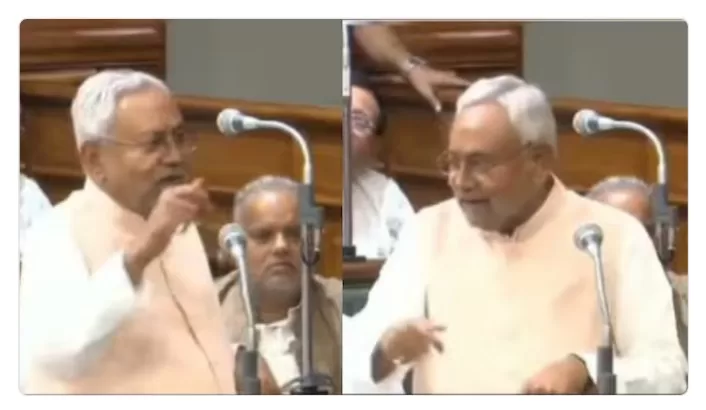On a significant Tuesday, the Bihar government presented comprehensive findings from its state-wide caste survey in the legislative assembly. Concluding the parliamentary discussion, Chief Minister Nitish Kumar disclosed the government’s intent to propose an extension of reservations to encompass the Other Backward Classes (OBCs), Scheduled Caste (SC), and Scheduled Tribe (ST) population, elevating it to 65%. With the existing 10% reservation for economically disadvantaged sections beyond the SC-ST-OBC demographics, the total quota for reservations in educational institutions and public sector jobs is slated to escalate to 75% within Bihar. The veracity of this endeavor, and its judicial validity, will be subject to future scrutiny. Nevertheless, it is palpable that this announcement will wield considerable political influence.
The data unveiled during the presentation are especially illuminating, pointing to the inescapable necessity for Bihar to attract private investment as a means of alleviating its economic hardships. The statistics corroborate this compelling need.
What emerges as a distinctive insight is the realization that Bihar’s transformation hinges less on the augmentation of reserved seats in educational institutions and government employments, and more on its capacity to draw private capital. The figures validate this imperative.
The quantum of the workforce engaged in public sector employment within Bihar stands at a meager 4.8%. Adjusting the extent of reservations can, at best, influence the sociological composition of this workforce, but it does little to alter the broader economic landscape. The prevailing peculiarity within Bihar’s economic framework is that a relatively smaller proportion of its labor force is absorbed in the organized private sector as opposed to government employment. A substantial segment of the workforce remains involved in traditional vocations such as agriculture, or manual labor, encompassing trades like masonry or daily wage labor.
Remarkably, these trends are relatively consistent across different social strata. While certain segments may be relatively more favorably positioned than others, a predominant majority of the labor force among Backward Classes (BCs), Extremely Backward Classes (EBCs), Scheduled Castes (SC), and Scheduled Tribes (ST) is predominantly situated outside the purview of government employment or organized private sector roles. For those outside these designated groups, this proportion reduces slightly to approximately 80%.
When viewed in the context of data from the periodic labor force survey (PLFS), Bihar’s standing is evidently suboptimal concerning the share of lucrative employment among India’s major states. Specifically, Bihar displays one of the most meager proportions of high-quality jobs within the broader labor market. In the 2022-23 PLFS, the percentage of salaried or consistently waged workers, recognized as the most remunerative category of workers, stood at a mere 8.6% in Bihar. This figure ranks Bihar at the bottom among major states in India. In contrast, the median share of regularly waged workers across 21 large states was 22.7%.
The developments in Bihar not only necessitate a thorough introspection but also emphasize the significance of addressing economic issues with a broader perspective encompassing the mobilization of private investments and job creation, in addition to reservations.







